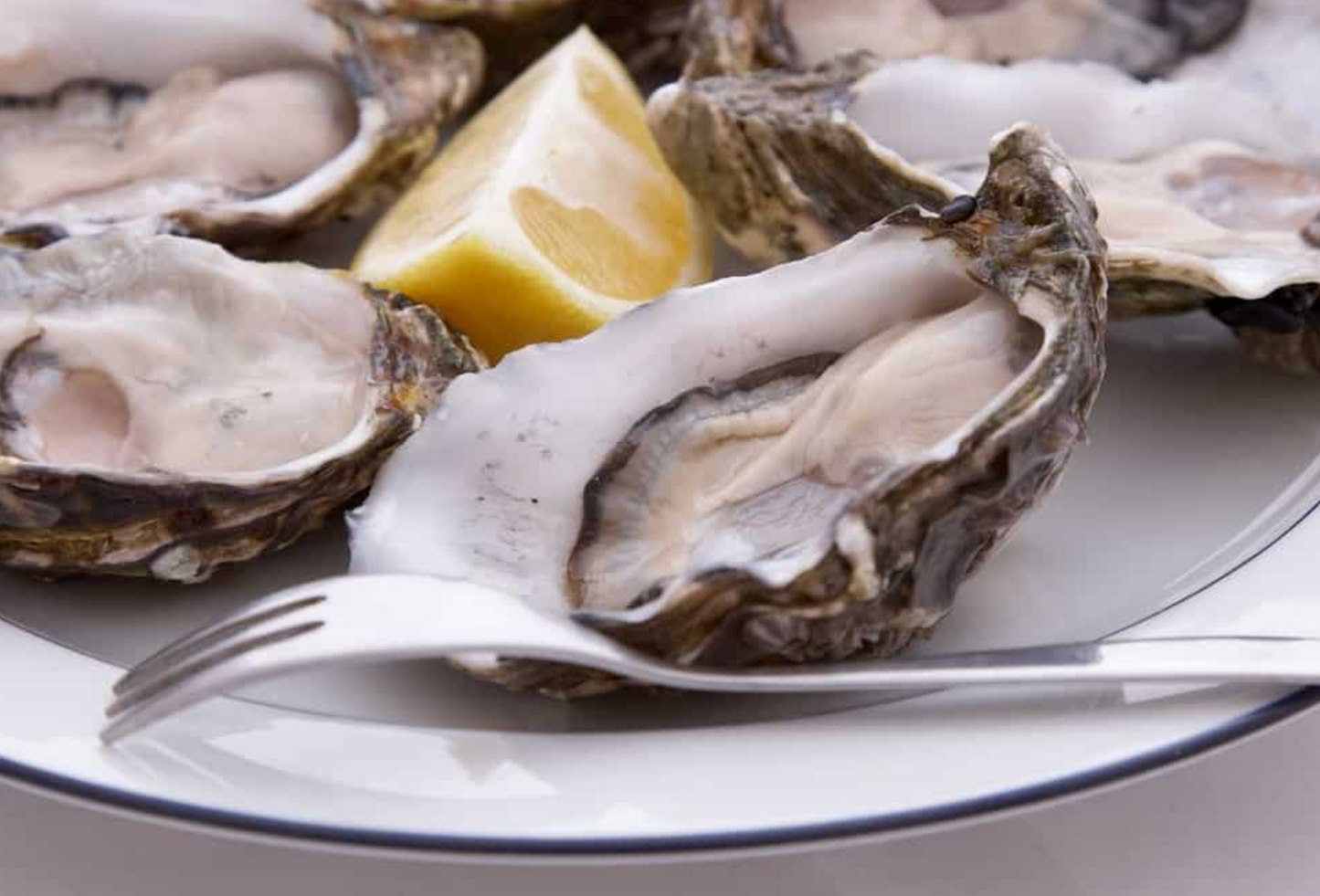
Have you ever sat down to eat oysters only to find yourself confronted by one of those funny little forks you typically only see in the movies? Have no fear, the oyster fork is here. While we prefer slurping oysters fireside with some good friends, sometimes the situation dictates that you enjoy your oysters in a more dignified way. In fact, the oyster fork has a storied history and has been used for centuries.
The Origin of the Oyster Fork
Ancient Rome The ancient Romans were known for their love of oysters and had a unique tool to eat them, known as an “ostreum”. The ostra were made of bone or bronze and were shaped like small spoons with a pointed end. This design allowed the Romans to scoop out the oyster meat and extract it from the shell.
The Middle Ages
The Rise of the Hucket During the Middle Ages, oysters were consumed mainly by the wealthy, and a similar utensil, known as the “hucket”, was used to eat them. The hucket was a two-pronged fork with a curved end that allowed the user to easily extract the oyster from its shell. The hucket was usually made of silver or gold and was highly prized by the nobility.
The Renaissance
The Three-Tined Oyster Fork In the Renaissance era, the design of the oyster fork changed again. This time, the fork had three tines instead of two, which allowed for more efficient extraction of the oyster meat. The handle of the fork was also elongated to make it easier to hold.
The 18th Century
Standardization and Mass Production Oysters became more widely available and affordable in the 18th century, and their consumption spread beyond the upper classes. This led to the mass production of oyster forks and other utensils, and their design became more standardized. Oyster forks at this time typically had three tines, with the middle tine being slightly longer than the others. The handle was also curved to allow for better grip and leverage.
The 19th Century
Elegance and Refinement In the 19th century, oyster forks underwent another transformation in design. The middle tine was elongated, and the handle became shorter, giving the fork a more streamlined appearance. The shape of the fork also became more elegant and refined, with some forks featuring intricate designs and patterns.
The Modern Oyster Fork
Simple and Utilitarian Today, oyster forks are still used in the consumption of oysters, although their design has remained relatively unchanged since the 19th century. Modern oyster forks are typically made of stainless steel, and their design is simple and utilitarian. They usually have three tines with the middle tine being slightly longer and featuring a curved handle.
In conclusion, the oyster fork is a utensil with a rich and fascinating history that has evolved over time. Despite its many transformations in design, the oyster fork remains a simple yet elegant tool that allows us to enjoy oysters in a dignified way.
Want to learn more about oysters? Check out our blog. Or, order now.
← Older post Newer post →
